The Ultimate Guide To Affiliate Marketing From Beginner To Pro
Learn affiliate marketing from scratch with this comprehensive guide. Discover top programs like Amazon Affiliate, proven strategies, content tips, and tools to earn passive income online. Perfect for beginners and pros looking to scale their earnings.
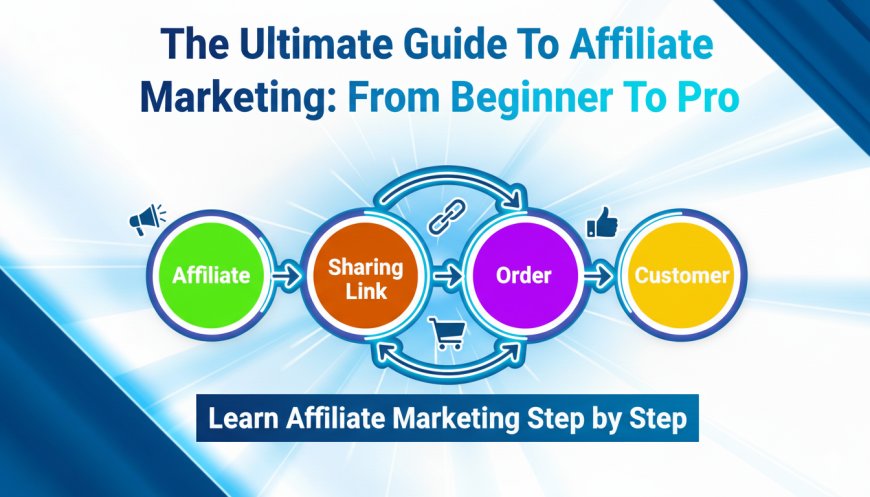
1. Introduction to Affiliate Marketing
Affiliate marketing is a results-based business model where you, the affiliate, earn a commission by marketing products or services from another company. You simply use a unique link to run the advertiser's (company's) traffic and sales. When a customer clicks on the link and makes a trade, you receive payment. This system is the backbone of modern digital trade.
Jump to section:
Why is it the smart way to start earning?
- Non-Product Required: Forget production, inventory, or customer service. You focus 100% on marketing.
- Burate Flexibility: You can work from a simple blog, YouTube, or social media anytime, anywhere.
- Real Passive Income: Successful material continues to raise money since you have published it for a long time, creating a powerful, reliable stream of passive income.
Affiliate Marketing for Amazon: You can even do affiliate marketing for Amazon products using your unique affiliate link. This allows you to earn commissions on millions of products without creating your own.
Your Ultimate Guide: From Beginner to Pro. This isn't just an overview—it's your complete roadmap. We will move beyond the basics of what is affiliate marketing to cover advanced strategies for optimizing conversions, scaling traffic, and turning this side hustle into a sustainable, high-income business. Prepare to master every step of the process.
2. How Affiliate Marketing Works
“If you are wondering how does affiliate marketing work, it is a revenue-sharing model where affiliates earn commissions by promoting products or services.”
Affiliate programs work with individuals or companies, allowing them to market and sell products or services to other companies in exchange for a commission on each sale. Most associated programs are free to join.
The affiliate earns a commission each time someone purchases through the unique affiliate link associated with their recommendation. Affiliate marketing operates on a revenue-sharing model. Here’s the basic process step by step:
- Sign up for an affiliate program – choose a program like the Amazon affiliate marketing program.
- Receive a unique tracking link – this link tracks all referrals and sales.
- Promote products using your affiliate link – share links on blogs, social media, YouTube, or other channels.
- A visitor clicks your link – potential customers are directed to the product page.
- Visitor makes a purchase (or completes a qualifying action) – this triggers tracking.
- Merchant tracks the conversion using your affiliate ID – ensures your referral is recorded.
- You earn a commission – receive a percentage of the sale
Example: If you run a fitness blog and join Amazon’s affiliate program, you might write an article about “Best Home Workout Equipment.” Within that article, you include your unique Amazon affiliate links to the products you recommend. When readers click those links and make purchases, you earn a commission on each sale.

3. Types of Affiliate Marketing
3.1 By Affiliate Relationship
Affiliate marketing can be categorized based on how closely the affiliate is connected to the products or services they promote.
- Unattached affiliate marketing
- Related affiliate marketing
- Involved affiliate marketing
3.1.1 Unattached Affiliate Marketing
Unattached affiliate marketing is the most basic form of affiliate marketing, where the affiliate has no personal connection or experience with the product or service they promote. Essentially, you act as a neutral messenger or advertiser: your job is simply to put the product in front of potential buyers and earn a commission if they make a purchase. There’s no personal endorsement, no expert knowledge, and no built relationship with your audience.
In most cases, unattached affiliates rely heavily on paid advertising, such as Google Ads, Facebook Ads, or other PPC (pay-per-click) campaigns, to drive traffic to their affiliate links. Since you don’t have authority or expertise in the niche, the relationship between you and the end consumer is purely transactional. You’re a middleman, hoping that your ad placements will lead to clicks and conversions.
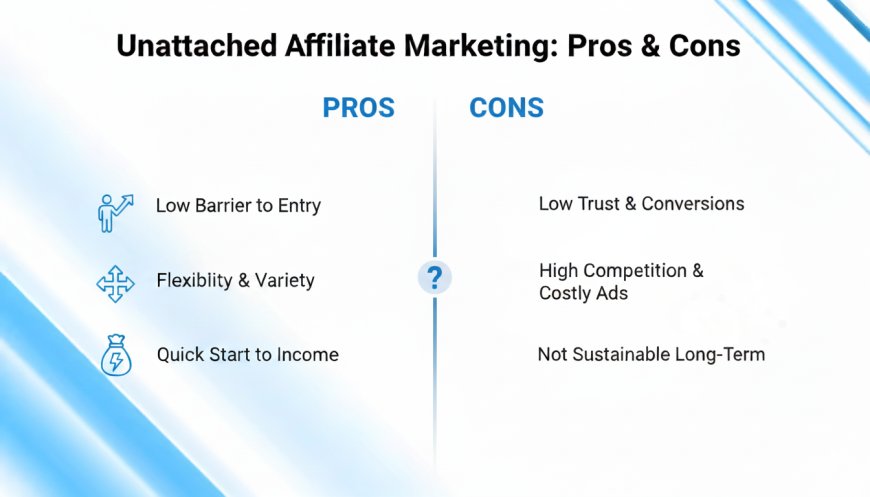
How It Works:
- You identify a product or service from an affiliate network.
- You create an ad or link to the product and place it on a platform (like a blog, website, or social media).
- Potential customers click your affiliate link.
- If they purchase the product, you earn a commission.
Example: You run a general lifestyle blog and find a new coffee maker in an affiliate network. You join the program, place a banner ad or affiliate link in your blog, and earn a commission if a reader buys the coffee maker.

Who It’s Best For:
Unattached affiliate marketing is ideal for beginners or people who want a hands-off approach without building a personal brand, blog, or community. It can be a way to generate income quickly, but it doesn’t build long-term value because the affiliate is simply a middleman with no authority or relationship with the audience.
3.1.2 Related Affiliate Marketing
It’s when you have an online presence through a blog, a podcast, or social media and you share affiliate links to services and products that relate to your theme. However, that doesn’t mean you use them. This affiliate model is based on how relevant the product is to your audience.
This is the complete opposite of PPC, where you’re not even seen by the consumer in order for the transaction to take place. Instead, this is you talking directly to those who may need a product that you’re offering, who have their ears and eyes on you. It’s using your reputation, trust, and authority in order to get others to take your recommendation, use it, and pay you something in return in the form of a commission.
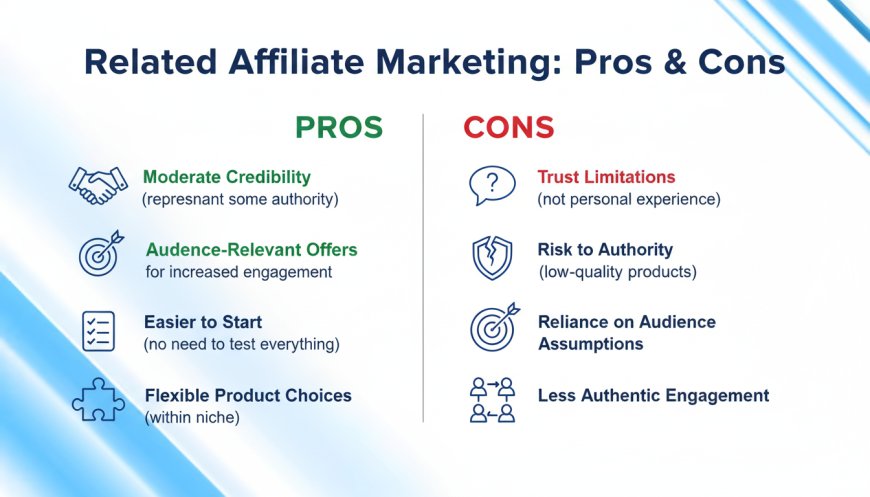
How Related Affiliate Marketing Works:
- Choose Relevant Products: Identify products or services that align with your niche or audience’s interests. The goal is to select offerings that feel useful or valuable to your followers, even if you haven’t personally used them.
- Integrate Links Thoughtfully: Place affiliate links in locations that your audience naturally interacts with, such as within content, sidebars, email newsletters, or social media posts. The placement should feel helpful rather than intrusive.
- Leverage Your Online Presence: Your existing credibility and audience trust make the recommendations more effective. By positioning relevant products as part of your content ecosystem, your audience is more likely to notice and consider them.
- Earn Commissions: When your audience engages with the affiliate links and completes a purchase, you receive a commission. Your income grows as more people find value in the products you recommend.
3.1.3 Involved Affiliate Marketing
Involved affiliate marketing is the most authentic and relied-on form of affiliate advertising. In this model, you’ve personally used the products or services, believe in them, and advise your target market through your content. Unlike banner commercials or typical “endorsed resources” sections, your advertising is incorporated into your content material, making the product a natural part of your message.
This technique creates a deep sense of authenticity because your target market is aware of your speaking from firsthand experience. The more expertise, authority, and involvement you show, the more potent your pointers end up, making your target audience much more likely to act on them.
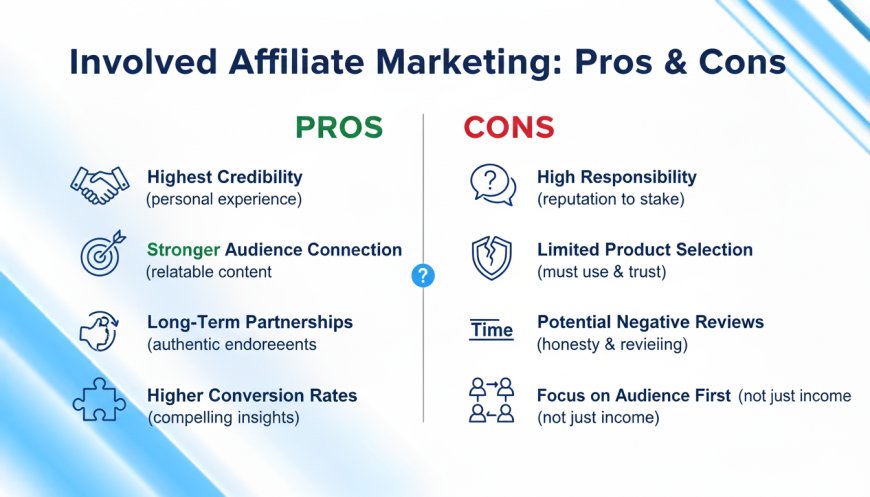
How It Works:
- Personal Use: Only promote products or services you have personally tried and genuinely believe in.
- Integrate Naturally: Share your experiences and recommendations as part of your content, whether in blog posts, videos, or social media updates.
- Build Trust: Your firsthand experience builds authenticity, creating a bond with your audience.
- Earn Commissions: When your audience purchases through your affiliate links, you earn commissions—often at higher conversion rates due to trust and authority.
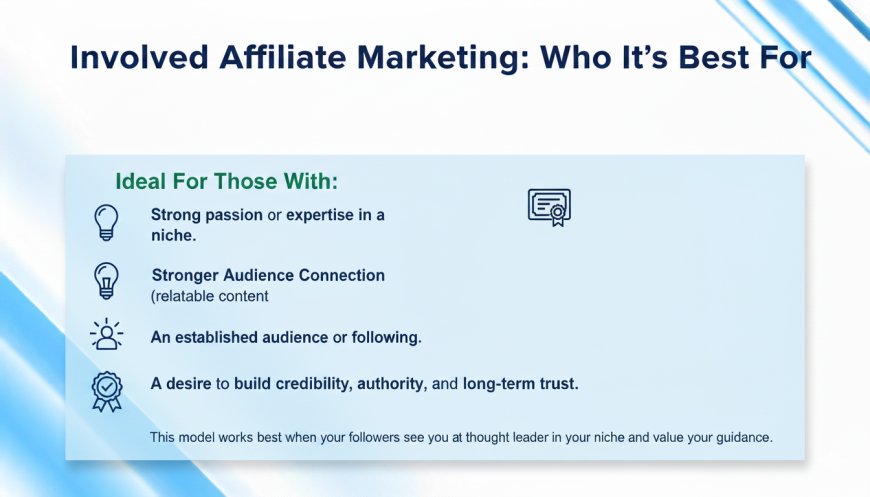
3.2 By Payment Model
Affiliates are paid in different ways depending on the type of action the user takes:
Pay-Per-Sale (PPS)
- Earn a commission each time a sale is made through your affiliate link.
- Pros: High earnings per sale, performance-based.
- Cons: Requires customers to complete purchases, may take longer to earn.
Pay-Per-Click (PPC)
- Earn a fixed amount every time someone clicks your affiliate link.
- Pros: Easy to start, income generated even without purchases.
- Cons: Low earning per click, depends heavily on traffic volume.
Pay-Per-Lead (PPL)
- Earn for each qualified lead (signup, form submission, trial, etc.) generated.
- Pros: Easier than sales, predictable earning for leads.
- Cons: Lower payout than full sale, requires high-quality leads.
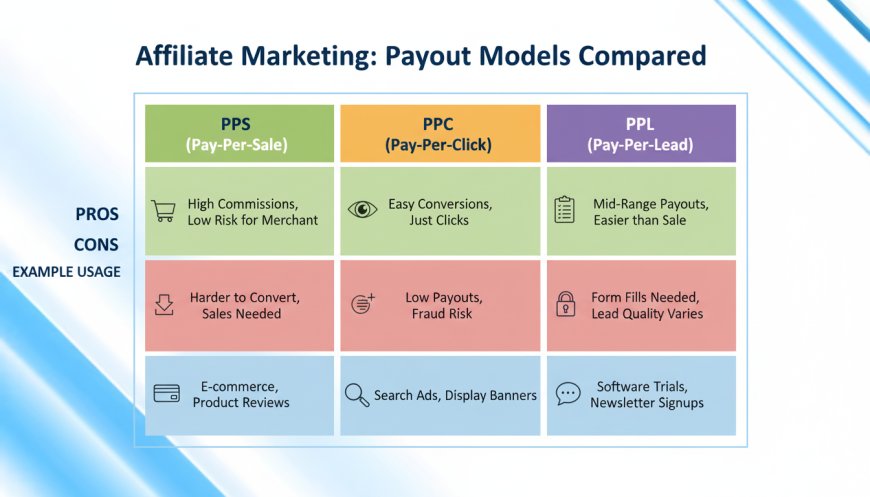
4. Benefits of Affiliate Marketing
Affiliate marketing is a partnership-based program where external "affiliates" send people to a retailer's website in exchange for a commission on the visits, sign-ups, or sales they've generated. Below, find 6 benefits affiliate marketing can have for your business.
The biggest benefit of affiliate marketing is the opportunity to earn money passively. This means you can generate income continually after the initial effort of promoting products or services without creating or managing those products yourself.
Meanwhile, companies benefit from affiliate marketing by expanding their reach and customer base through affiliates. It allows companies to pay only for actual conversions, making it a cost-effective way to drive sales and increase brand awareness.
Description: Discuss advantages such as low startup cost, flexible schedule, passive income potential, and scalability. Include examples for clarity.
6 Key Benefits of Affiliate Marketing
Passive Income Potential
Affiliate marketing allows you to earn money even when you’re not actively working. Once your content, affiliate links, or campaigns are set up, commissions can continue to come in as people purchase or sign up through your referrals.
Example: A blogger writes a detailed review of software with affiliate links. Over time, readers continue to click the links and buy the software, generating ongoing income.
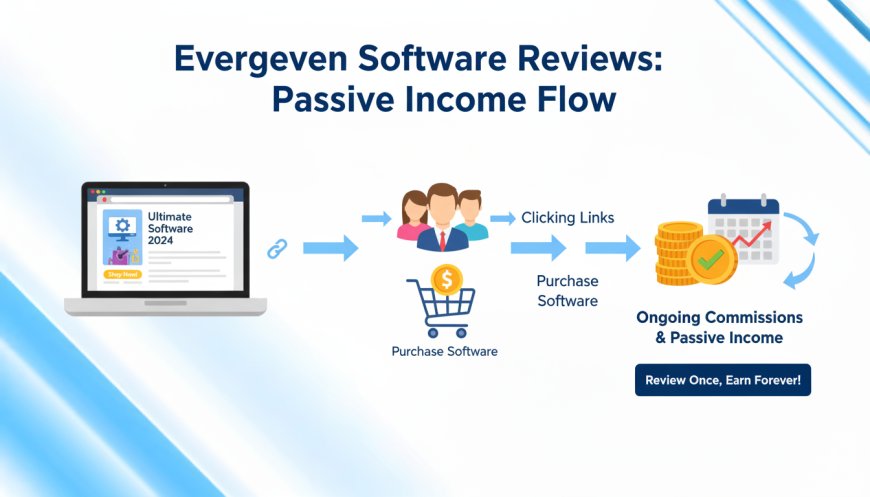
Low Startup Costs
Unlike creating your own product or business, affiliate marketing requires minimal initial investment. You don’t need to produce products, manage inventory, or handle shipping. Your main resources are your platform, time, and marketing effort.
Example: A social media influencer promotes online courses via affiliate links without spending money on creating the courses themselves.

Flexible Schedule
Affiliate marketing can be done on your own time, from anywhere with an internet connection. There’s no fixed office hours, allowing you to work around other commitments.
Example: A lifestyle blogger shares affiliate links for kitchen gadgets when they have free time, earning commissions around their schedule.
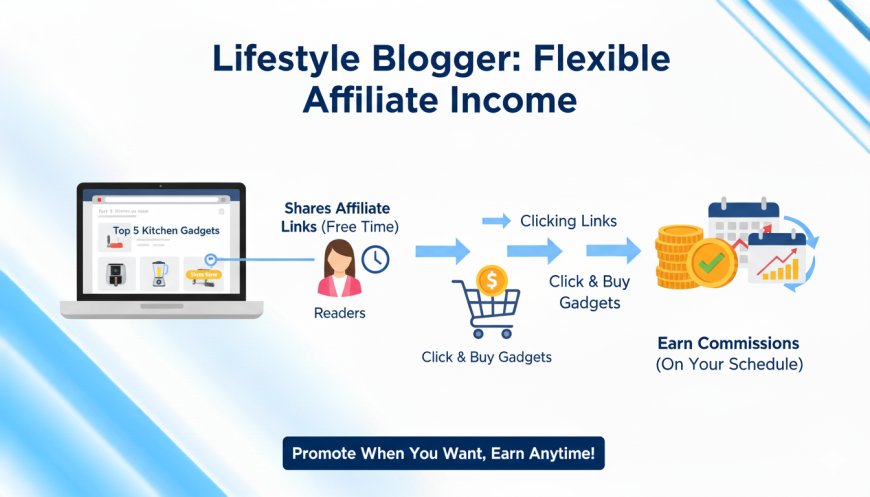
Scalability
You can grow your earnings by promoting multiple products or reaching new audiences. The more content you create and the broader your reach, the higher your potential income.
Example: A fitness blogger starts with one supplement affiliate program and later joins several more related programs, increasing monthly commissions.
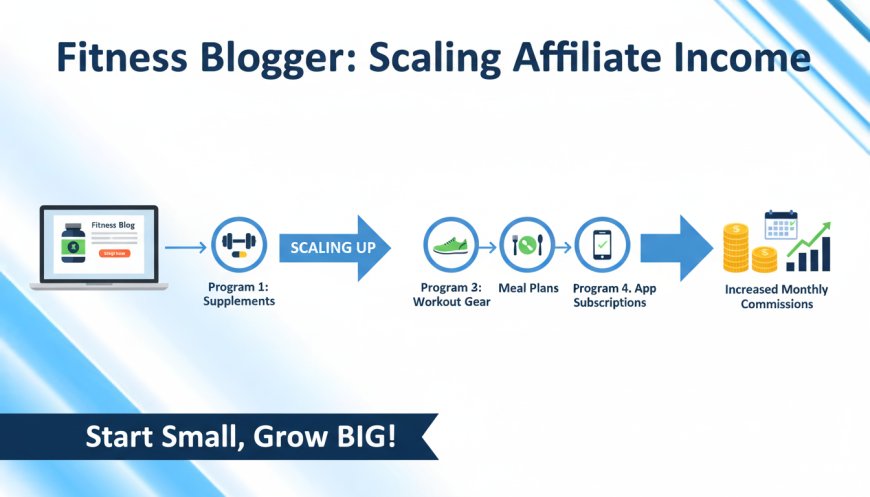
Performance-Based Rewards
Companies pay affiliates only when a desired action occurs, such as a sale, click, or lead. This makes affiliate marketing cost-effective for businesses and motivates affiliates to deliver real results.
Example: An e-commerce site pays commissions only when an affiliate drives a purchase, ensuring the marketing budget is spent efficiently.
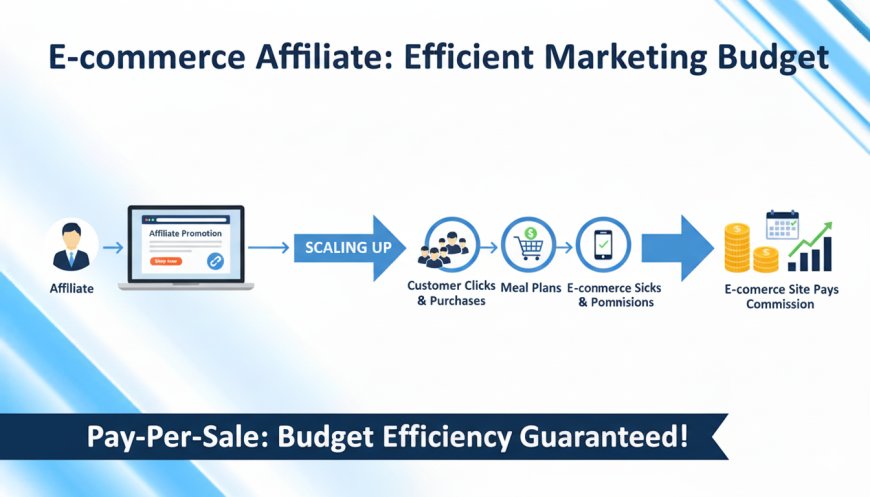
Expanded Audience Reach
Through affiliates, businesses can reach audiences they might not reach through traditional marketing. Affiliates act as extensions of the brand, introducing products to their followers and communities.
Example: A niche tech gadget company partners with several tech bloggers and YouTubers, reaching thousands of potential customers worldwide.
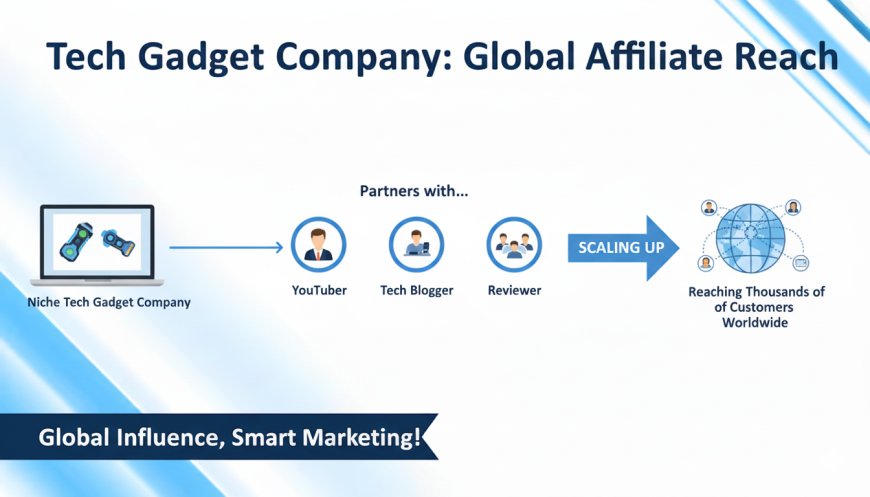
5. Choosing the Right Affiliate Programs
Affiliate marketing has grown rapidly, with the industry valued at $12 billion. It’s a win-win: brands get a low-risk way to boost sales, while affiliates earn commissions for driving customers. With so many programs available, selecting the right one is crucial for your success.
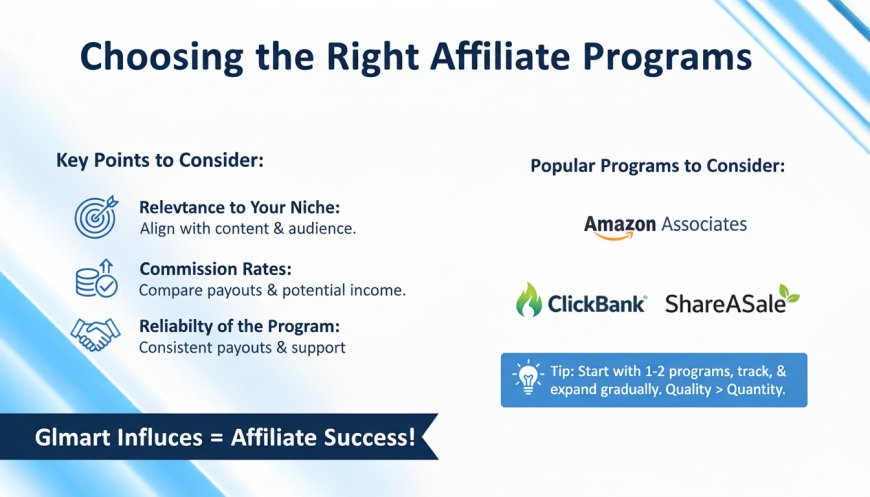
Key Points to Consider
- Relevance to Your Niche: Pick programs that align with your content and audience interests. Promoting unrelated products can reduce trust and engagement.
- Commission Rates: Compare how much each program pays per sale or action. Higher commissions mean more income, but consider product price and conversion likelihood.
- Reliability of the Program: Choose reputable programs with consistent payouts and good support. A trustworthy affiliate network reduces risks of delayed or missing commissions.
Popular Programs to Consider
- Amazon Associates: Huge product variety, beginner-friendly, but lower commission rates.
- ClickBank: Great for digital products, high commissions, wide niche selection.
- ShareASale: Diverse merchants, reliable platform, flexible options.
Tip: Start with 1–2 programs that fit your niche, track results, and expand gradually. Quality partnerships matter more than quantity.
6. Finding a Profitable Affiliate Marketing Niche
Nowadays, the marketplace is filled with various niche products: from blog sites that teach entrepreneurs how to expand into certain markets, to B2B matchmaking services, to wellness services targeted at stressed executives, among many others. But whatever the product being offered, the underlying principle for businesses remains the same: to identify a profitable market by matching unsatisfied needs with their services.
No one can be an expert on everything, and trying to be can backfire, making it harder for people to trust you. That’s why successful businesses and marketers focus on building authority in a specific area. The same rule applies to affiliate marketing.
Choosing the right affiliate marketing niche is the difference between blending into the crowd and building a profitable, trusted brand. And with affiliate marketing spending expected to increase by 50% between now and 2028, there’s never been a better time to carve out your space in the industry. The more targeted your niche, the easier it is to attract the right audience, rank higher in search results, and convert visitors into buyers.
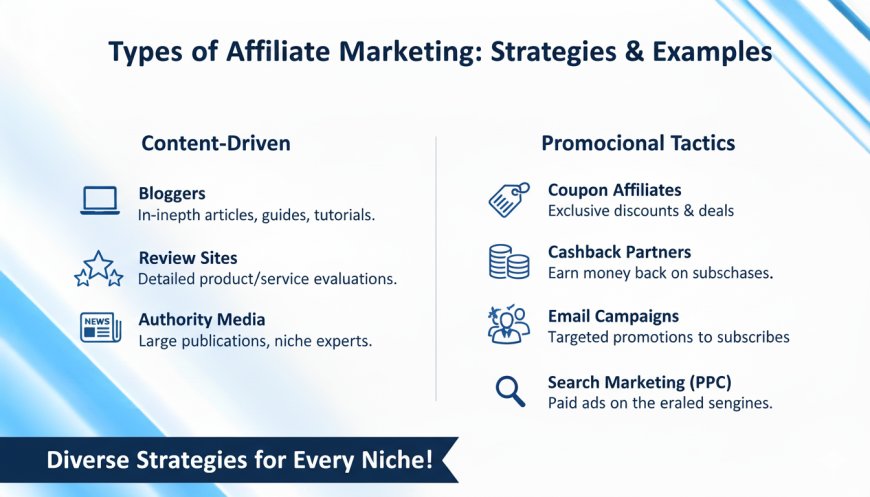
Top 17 Types of Affiliate Marketing
- Related Affiliate Marketing
- Coupons
- Email Campaign
- Review Sites
- Content Affiliates
- Bloggers
- Coupon Site Affiliates
- Mobile Affiliates
- Pay Per Lead (PPL)
- Influencer Collaborations
- Pay Per Click (PPC)
- Reviews
- Search Marketing Affiliates
- Authority Media Affiliates
- Cashback Affiliate Partners
- Microsites
- Niche-Specific Affiliate Marketing
What Makes a Good Affiliate Niche?
Choosing the right niche is key to affiliate marketing success. A strong niche balances profitability, traffic, and your expertise.
- Traffic Potential: Focus on niches with significant search volume and organic traffic opportunities. Higher traffic increases the chances of clicks and sales.
- Low Competition: Target niches where ranking on Google is achievable. Less competition means a higher chance of your content reaching the top.
- High-Paying Programs: Look for affiliate programs with generous commissions. Higher payouts reduce the number of sales needed to earn significant income.
- Personal Interest: Choose a topic you enjoy or know well. Your passion and knowledge make your content more engaging and trustworthy.
Tip: Combine these factors to find a niche that’s both profitable and enjoyable, giving you a better chance to succeed long-term.
7. Content Strategies That Convert
Affiliate marketing has emerged as one of the most effective ways to generate revenue in digital marketing. With its growing popularity, industry experts forecast substantial growth in the coming years. By 2025, the global affiliate marketing market is expected to reach around US$37.3 billion, growing at an estimated 8% CAGR through 2031.
North America remains the largest market, accounting for over 40% of total global revenue, with the United States serving as the main hub for affiliate activity. Currently, more than 80% of brands incorporate affiliate marketing into their strategies, demonstrating its effectiveness in reaching targeted audiences and driving customer acquisition.

At the heart of successful affiliate marketing lies high-quality, value-driven content. Rather than simply posting links, marketers must focus on providing useful and engaging information to their audience. The most impactful content types include:
7.1 Blog Posts
- Reviews: Honest product reviews help readers make informed decisions.
- Tutorials / How-To Guides: Step-by-step guides show readers how to use a product effectively.
- Top Lists: “Top 10 gadgets for home workouts” or similar lists attract clicks and engagement.
Example: A tech blogger writes “Best Laptops for Students 2025” including affiliate links to each product.
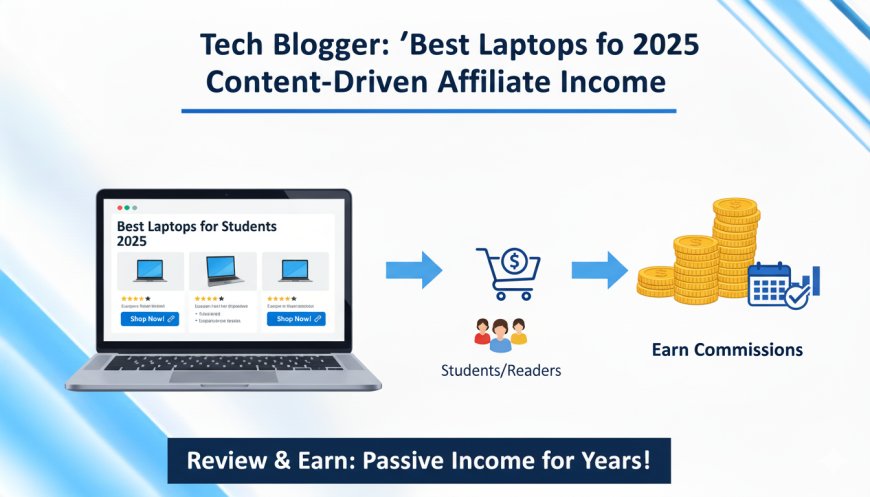
7.2 YouTube Videos
Video content engages users visually and increases trust. Product demos, unboxing, and tutorial videos work best.
Example: A fitness YouTuber demonstrates “Best Home Workout Machines” with affiliate links in video description.
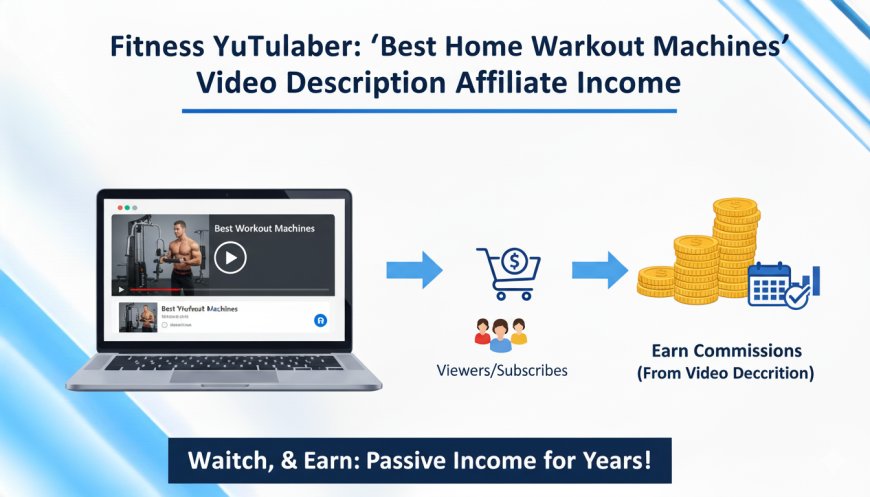
7.3 Social Media Promotions
Share valuable content with affiliate links on platforms like Instagram, TikTok, Pinterest, or Facebook. Focus on visually appealing content and helpful captions.
Example: A beauty influencer posts a skincare routine and links recommended products.
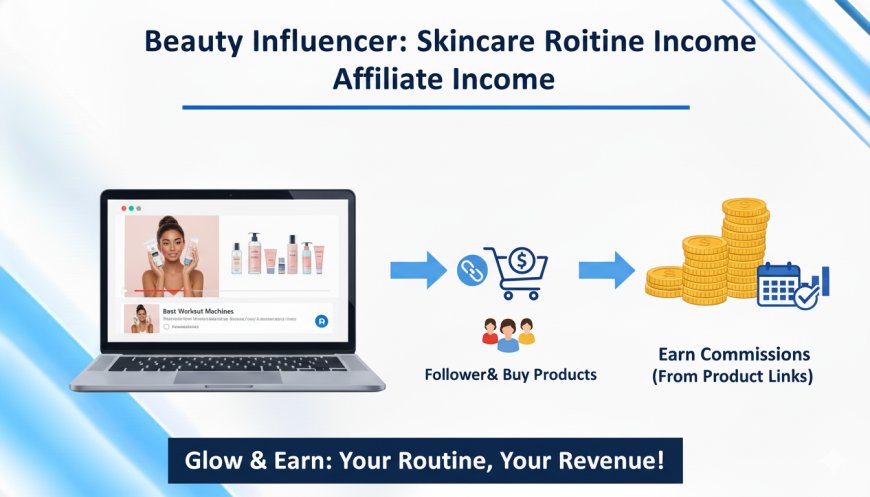
7.4 Email Marketing
Build an email list and send newsletters with product recommendations. Personalized emails targeting audience interests often convert better than generic promotions.
Example: A travel blogger sends an email guide “Top Travel Gear for 2025” with affiliate links embedded.
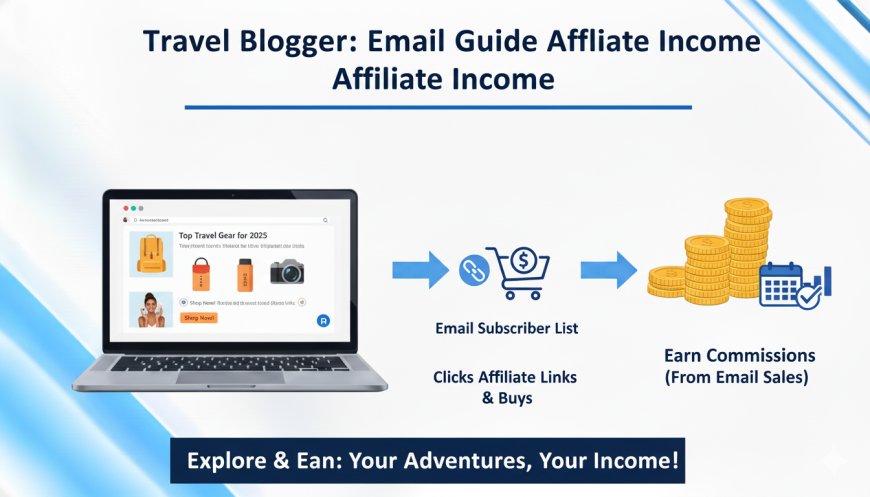
Key Tip: Always prioritize value-driven content. Your audience will trust you more and click on your affiliate links naturally. Avoid spamming links or misleading promotions.
8. Tools & Plugins for Affiliate Marketing
Affiliate marketers rely on tools to save time, track performance, and optimize their strategies. Using the right tools can make your campaigns more efficient and profitable. Here are some essential categories:
- WordPress Plugins:
- ThirstyAffiliates: Easily manage and cloak affiliate links.
- Pretty Links: Shorten and track links directly from your WordPress dashboard.
- Tracking Tools:
- Google Analytics: Monitor traffic sources, conversions, and user behavior.
- ClickMeter: Track clicks, conversions, and affiliate link performance in one dashboard.
- Email Marketing Software:
- ConvertKit: Build email sequences and automate campaigns for affiliates.
- MailerLite: User-friendly platform for email marketing and newsletter campaigns.
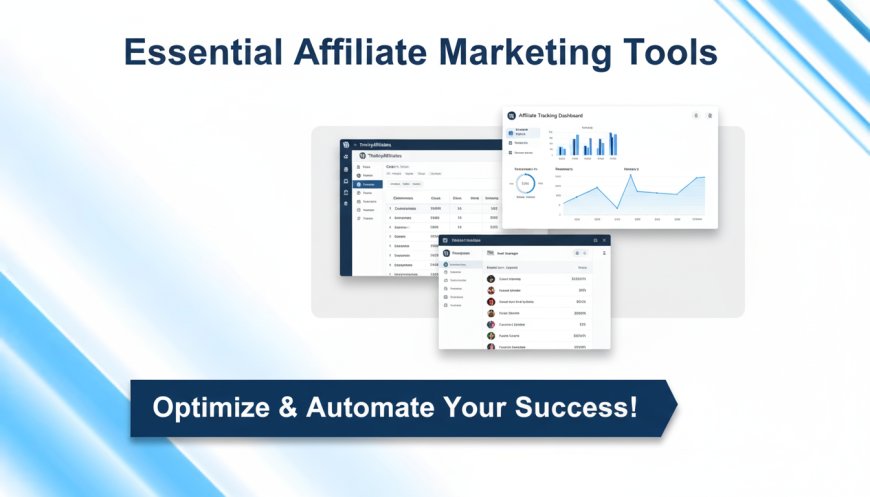
Tip: Combining tracking tools with email automation helps you maximize affiliate conversions.
9. Advanced Tips for Boosting Earnings
Once you’ve started earning through affiliate marketing, the next step is scaling your efforts to consistently increase revenue. Simply placing links or banners on your site isn’t enough—strategic planning, audience understanding, and ongoing optimization are essential to maximize your affiliate income. Successful affiliates focus not only on promotion but also on building long-term value for their audience while selecting products that truly convert.
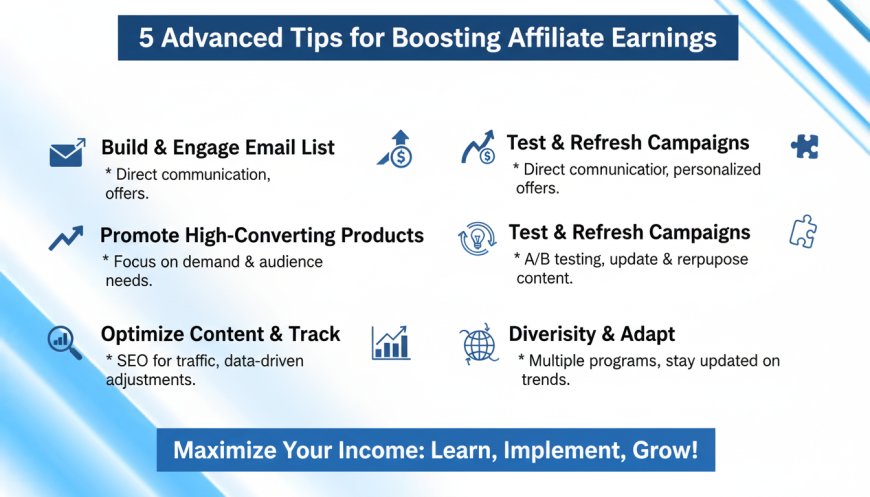
5 Advanced Tips for Boosting Affiliate Earnings
- Build and Engage an Email List: Collect emails to communicate directly with your audience. Share personalized recommendations, updates, and offers. Segmenting your list improves engagement and conversions.
- Promote High-Converting Products: Focus on products with strong demand or proven conversion rates. Prioritize items your audience genuinely needs to maximize income with less effort.
- Optimize Content and Track Performance: Use SEO to attract targeted organic traffic and monitor analytics to see which campaigns perform best. Make data-driven adjustments to improve results.
- Test and Refresh Your Campaigns: Experiment with headlines, visuals, and placements (A/B testing) and update existing content regularly. Repurposing posts for emails or social media extends reach and revenue.
- Diversify and Adapt: Join multiple affiliate programs that complement your niche and stay updated on trends, products, and strategies. Continuous learning ensures long-term growth and sustained earnings.
10. Common Mistakes to Avoid
Avoid hurting your affiliate reputation: don’t promote irrelevant products, overload links, ignore analytics, or create low-quality content. Focus on relevance, tracking, and value-driven content to maintain trust and conversions.
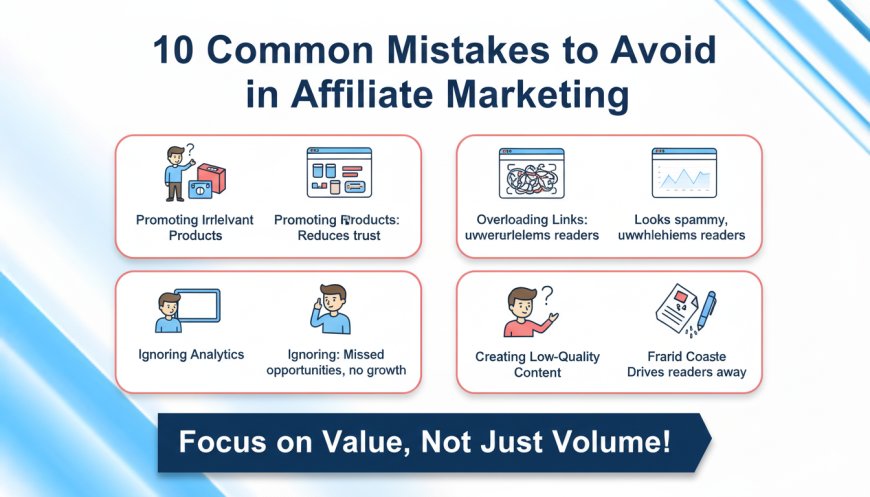
- Promoting irrelevant products
- Overloading links
- Ignoring analytics
- Creating low-quality content







